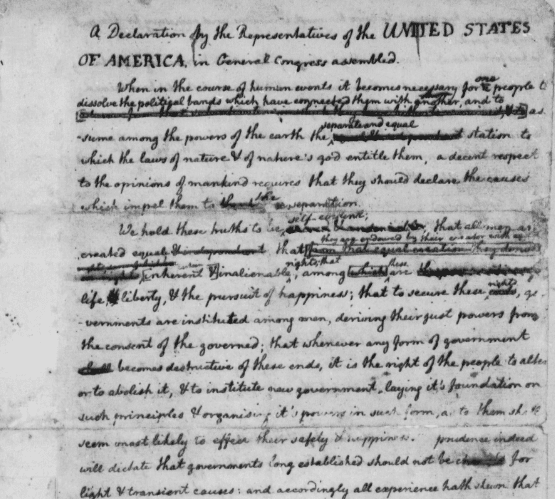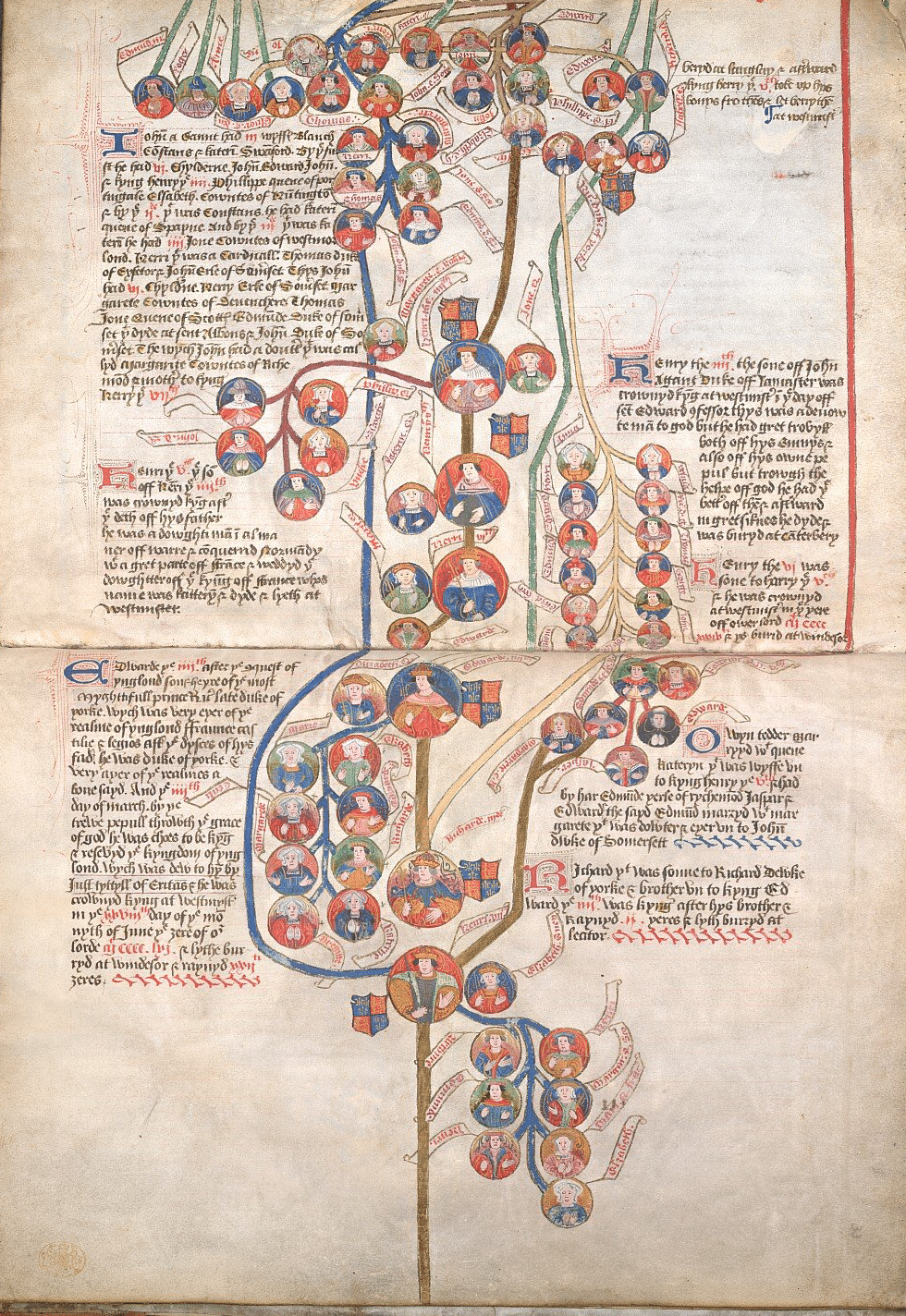By Tony Bandy
From online databases to image archives, researching our family history has never been easier. However, there is one problem that digitization and online databases cannot fix: historical handwriting. From words no longer used to character formation, cursive style and even sentence structure, it can be very frustrating to the genealogist when deciphering old handwriting on family documents or in official papers. To assist you in this process, let me share some tips and tricks that I have learned in my own research.
While the official study of historical handwriting is known as Paleography, there is a lot more to it than you might think. Some basic themes and issues that you might encounter first are abbreviations and styles.
First up: Abbreviations. These are very important, and even if you are aware of the modern ones we use from day to day, historical usage and trends can vary widely. Two examples that I have found recently in my own study include the use of “c” or “ca,” which is the abbreviation for circa or approximately, and “ult” or “ultra” which stands for “last month.” These are just two examples, but there are many others. What Does That Mean? 300+ Family History Abbreviations Explained from Family History Daily and this State Library of New South Wales guide can help.
Secondly, be aware of the many different handwriting styles which were available to our ancestors for use. Examples here include the Palmer Method or Spencer Style, but there are others which can be seen depending upon the time period in which you are researching. This page from the New York History Blog shares a bit more information about this to help get you started and is a great place to fill in basic information.
These two themes/issues are not all you will encounter in your study of old family documents or official papers, but do crop up from time to time. There are others, which will depend on the type of document, the time period in which you are doing your research, and the general literacy of the persons you are investigating. Be sure to plan ahead, create word lists, and practice as much as possible to become better acquainted with these concepts. The resources below provide many additional opportunities to learn and practice.
The U.K. National Archives
From themes and styles let’s now take a look at a few sites that can directly help you in this whole process. One of the best I have found is the U.K. National Archives sub site on old handwriting. Here you will find quick references, hands-on practice opportunities and more. If you are just starting out, try this first for background. I found the tutorials very helpful too!
Findmypast Old Handwriting Tips
The Findmypast genealogy service and records site has an amazing number of free tutorials, tips, and tricks to help you get started in your investigations including step-by-step helps, thought-provoking activities (such as trying to read your historical documents out loud), tracing them to understand letter and word creation, and creating your own customized word keys. Of particular help to me was the emphasis on certain word letter combinations that appear more often than others.
FamilySearch Multi-Language Tutorials
While you may know of FamilySearch for their extensive free digital record sets and other genealogy information, you might find this set of online tutorial pages on handwriting as equally as impressive. Start first by choosing the primary language you want to know more about. Options range from Dutch, English, and French to German, Polish, Russian, and even Swedish. Once you have chosen the language you want to know more about, it’s a simple matter to work through each of the lessons that might be appropriate to your needs. The key here is to take the time and fully evaluate the materials that are there.
Family history is always fabulously interesting, especially when it comes to knowing exactly how our ancestors lived, traveled, and worked. Historical documents in many forms can help us unravel these mysteries, and being able to decipher these documents is a critical skill that’s worth developing. Take a look at the above sites, create some notes, and see what you can find out today!
Tony Bandy is a freelance writer, family researcher, and librarian/historian.
Image Top: Section of the Rough Draft of the Declaration of Independence, Library of Congress, Manuscript Division
Image Middle: Genealogy of the Kings of England, Catalogue of Illuminated Manuscripts, The British Library


I have received an e-mail photo of a 1643 notification of a marriage, London, England record reflecting the proper names of my 8th great-grandparents Wm Mathewes and his wife Em (I believe) Wood—-? something or?? I would like help in determining his wife’s actual sir-name, or maiden name. Is there anyone on-line that can decipher old English handwriting? to help me? Thanks Marc Matthews
So tenho o passaporte original de meu avo e familia.
One think, I have found in church records is a combination of German and English (a Lutheran German church). Many imes in the church, there is someone who can help, (Pastor or older member). Just ask.
Robert Mann